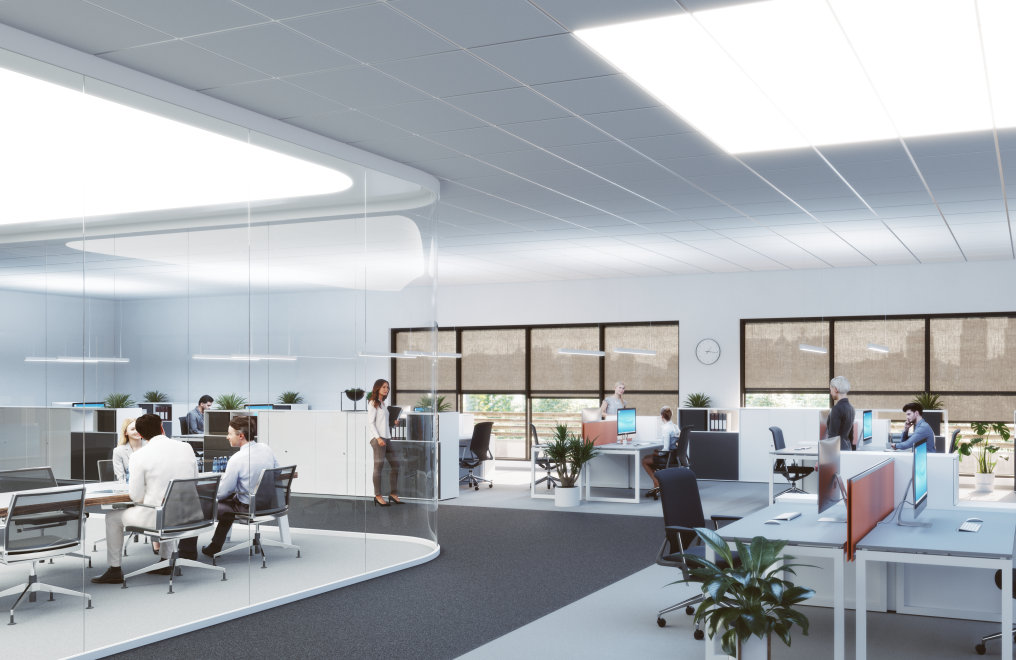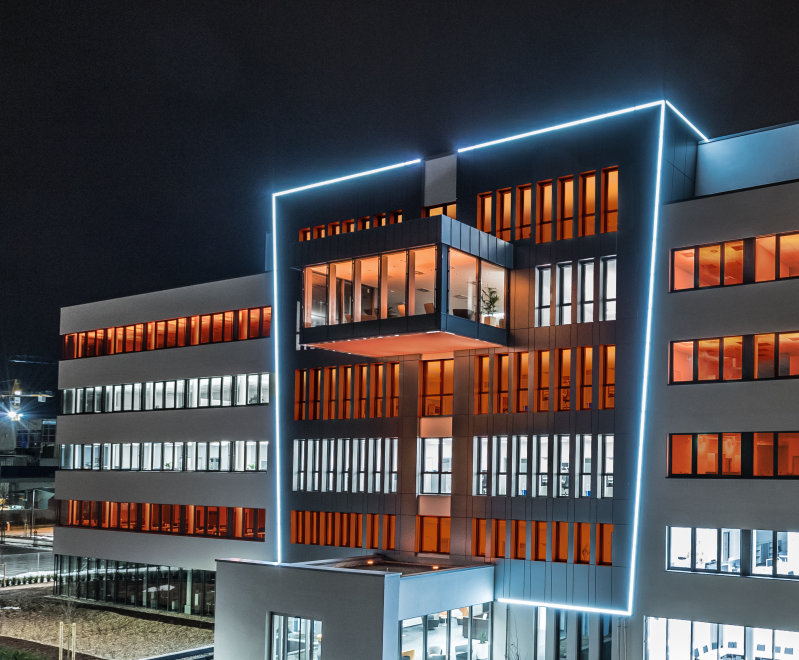Human Centric Lighting and its effectiveness
Light always has multifaceted effects, visually, emotionally and biologically.
Human Centric Lighting:
“Lighting specifically designed to produce a beneficial physiological and/or psychological effect upon humans.“
Human Centric Lighting (HCL) supports human health, well-being and performance through deterministic and holistic planning and implementation of the visual, emotional and, in particular, biological effects of light. The predominant focus of Human Centric Lighting is the needs of a human being of their living, leisure, and work environments. The interdisciplinary balance between the parameters of artificial lighting, natural daylight, architecture and technology creates the right light at the right time for each use.
Decades of research confirm the interplay between work surroundings and health
Light has a significant influence on our mood and ability to concentrate
Decades of research have shown that light has a significant influence on our mood and ability to concentrate – and one of most important aspects of good lighting is timing. Our brain regulates the circadian rhythm of the body based on “light signals” from our environment. The circadian rhythm controls our energy level, mood and sense of alertness or sleepiness. When our inner clock no longer functions synchronously with the time of the day we become agitated and our reactions slow down – we are less attentive and it becomes more difficult to concentrate.
Adapting light colour and intensity during the course of the day
To implement an adequate Human Centric Lighting solution in the survey Osram installed a time-controlled lighting system with a circadian-friendly light sequence, meaning the luminaires adapt their light colour and intensity during the course of the day. Several light sources were aligned onto the walls to create high vertical illuminance levels. Luminaires suspended from the ceiling in the open office area generate a pleasant indirect light component and avoid glare. In total, the luminous intensity was almost doubled.















